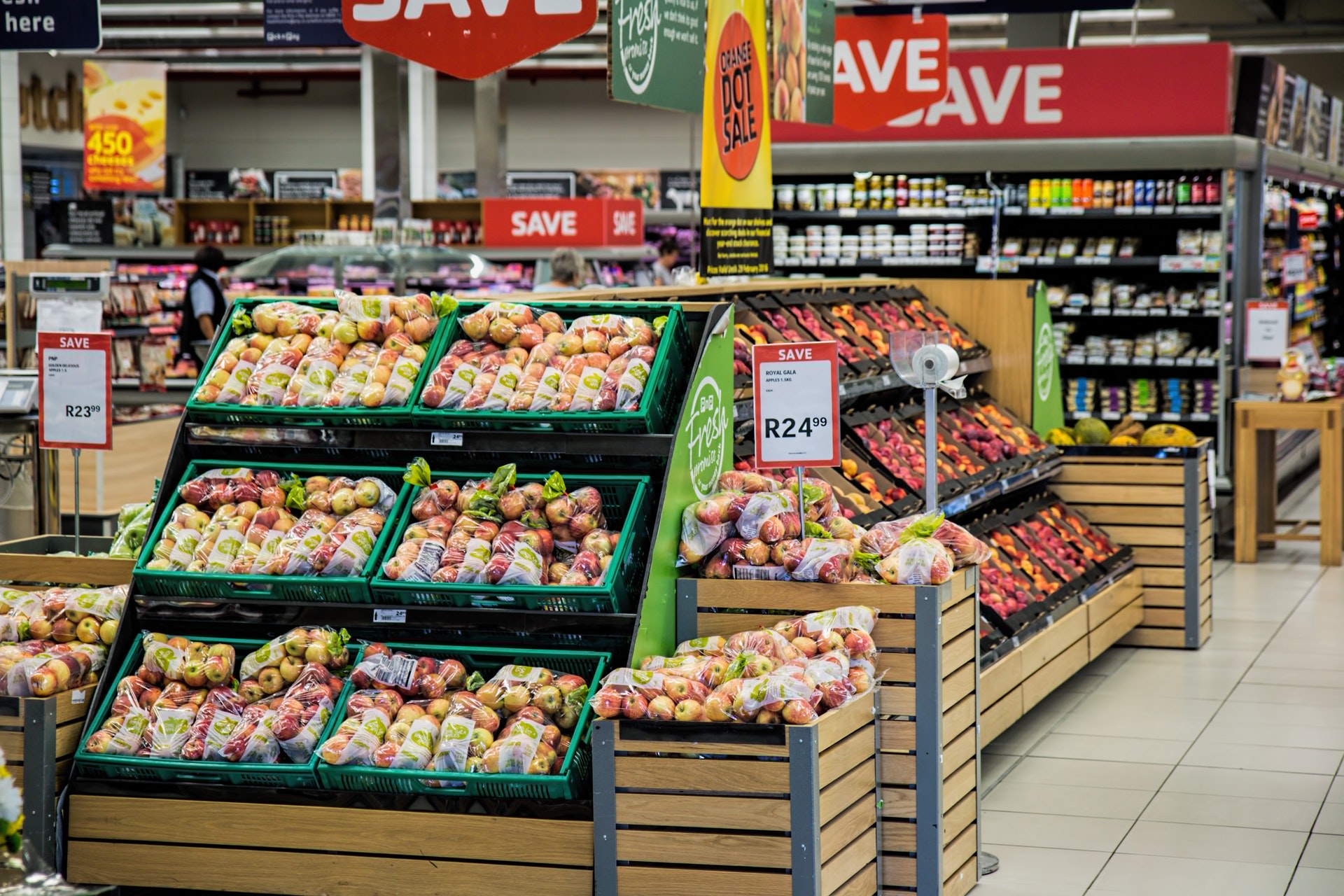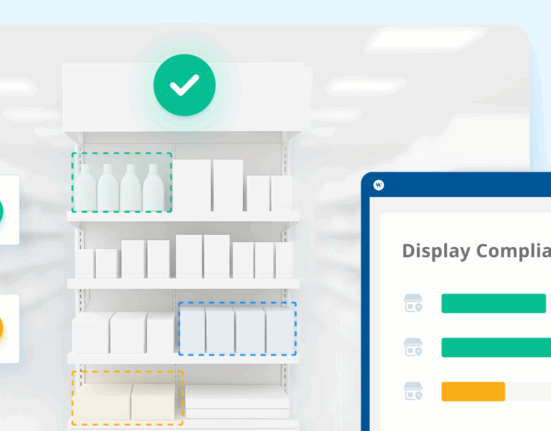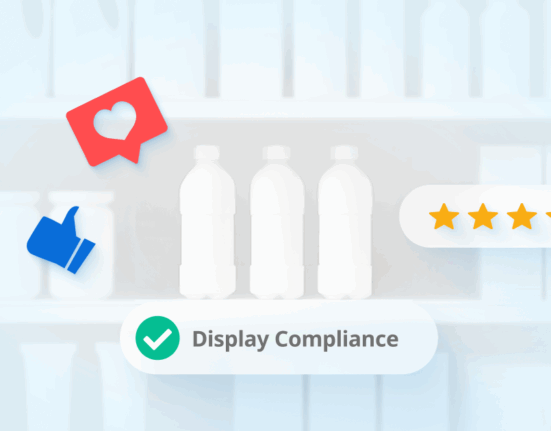Share of shelf is a crucial metric for brands across the board because as the old phrase goes, you have to “be there or be square.” This is true whether your products sell in pure play, omnichannel, or brick and mortar stores. The “shelf” can be real or figurative, but what holds true is that you need to be present both in terms of quality and quantity to stand out from the competition.
Across channels, your SKU count needs to rival, if not beat, competitors’ whenever possible. But it doesn’t stop there. In brick and mortar stores, you must also ensure that your products aren’t always on the bottom shelf or in the back corner of the store. In online retail, this is a bit easier, since shoppers can search and find your products as long as your titles and descriptions are optimized for all relevant search terms. The bottom line here is: your share of shelf must be equal to or greater than competitors’ (as it aligns with your brand image) and you need to have quality placement in physical and virtual stores alike.
Share of Shelf as a Competitive Benchmark
While your own share of shelf can provide clues for how to improve your bottom line, looking into competitors’ can provide equally as valuable insights. Competitor share of shelf can show you which verticals and which retailers they’re most invested in. Determine what categories are most important to your business (which ones you want to dominate share of shelf in), across which key retail partners, and optimize your assortment and distribution strategy accordingly.

Brands invest in the verticals that are most effective for them. Share of shelf can demonstrate your market position because having many more SKUs than competitors in your most important categories shows that you are owning those segments and could be growing sustainably if you maintain a high SKU count year over year. Tracking this historical data will help you gain an understanding of your share of shelf in key categories over time. Is it rising or falling? This can indicate competitive threats and help you address them early on.
Share of shelf also brings to light retailer health and target markets to a certain extent. For example, if a top brand chooses not to carry any SKUs at a certain retailer, that may indicate that the target market of that retailer doesn’t fit their brand’s or that maybe their products didn’t sell well there, so they were forced to pull them.
Share of Shelf Is Just the Beginning
Share of shelf only offers part of the picture. It’s certainly possible that your SKU count could dominate your competitors’ at a particular reseller, but your sales numbers are the other half of the story. If your products are abundant, high quality, and meeting the needs of your target market, then your sales numbers should also be high. But if they’re not, then there are a number of potential problems to look into.

Think about it from a consumer’s perspective: you’re in need of an item and you go to a store in search of it. You see numerous options from a brand you haven’t heard of, but one from a brand that intrigues you. The former may have a larger share of shelf, but the latter will win the sale.
An optimized assortment means finding your happy medium. More isn’t always better, especially if market demand for your products isn’t aligned with inventory held. For an exclusive brand, offering a small percentage of SKUs could match better with your image. But for a commodity brand, a bigger SKU count might be most effective.
When it comes to share of shelf, there is no right answer. It is a highly individual metric and the focus should be on optimizing what is most profitable for you, compared to just trying to keep up with competitors.










1 Comment
Comments are closed.